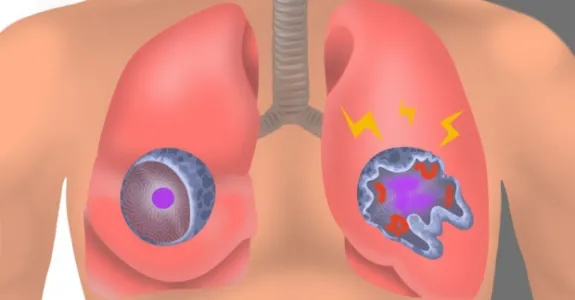
Dr. Julia Salzman is an Associate Professor in the Department of Biomedical Data Science, Biochemistry and Statistics (by Courtesy). She received her A.B. in Mathematics from Princeton University Magna Cum Laude and Ph.D. from Stanford University in the Department of Statistics supervised by Dr. Persi Diaconis. As a postdoctoral scholar in Dr. Patrick Brown’s lab, Dr. Salzman developed statistical algorithms that led to the discovery of a ubiquitous expression of circular RNA missed by other computational and experimental approaches for decades. Her research spans the interface of statistical methodology and genomics aiming to use data driven experiments to uncover organizing principles of biological regulation, historically focused on RNA processing.
Dr. Julia Salzman's lab is primarily a computational data science laboratory focused on studying RNA biology with a secondary focus on validation and novel experimental design to enable statistical analysis of RNA expression. Dr. Salzman's lab develops new data science methods to analyze the mechanism and function gene expression and RNA splicing. They design new methodology aiming to uncover how splicing is regulated at a single cell level and is dysregulated in diseases from viral infections to cancer. The Salzman lab has active work in the area of analysis of massive single-cell sequencing projects such as Tabula Sapiens, spatial genomics and analysis of host response to SARS-CoV-2.
Recently Dr. Salzman's group has introduced a new approach to sequencing analysis called SPLASH that performs inference on raw sequencing data, bypassing genome alignment. This approach is providing new insights into genome regulation, mobile genetic elements, single cell sequencing data and in many other domains.



